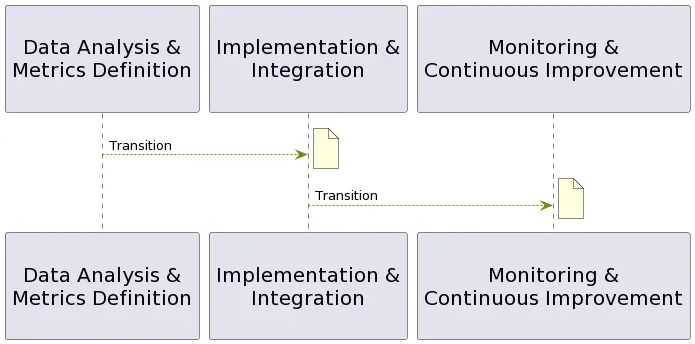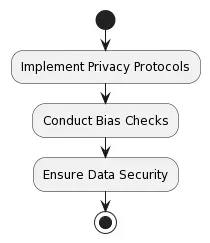Boosting Efficiency with Data-Driven Software Development
Intro:
In the ever-changing world of software development, one thing has become clear: the need to adapt and innovate is a constant. One way many of us in the field have found to maintain relevance and efficiency is through the adoption of a data-driven approach. Drawing on experiences from a successful implementation at INFO NL, this post aims to provide insights on integrating data-driven methodologies into your software development lifecycle.
The Case for a Data-Driven Approach:
When used effectively, data can catalyze informed decision-making, improving efficiency, better resource allocation, and expedited project delivery. You can unearth valuable insights into your processes’ effectiveness by honing in on key performance metrics, such as project timelines, bug rates, and customer satisfaction levels. Adopting frameworks like DORA (DevOps Research and Assessment) provides a holistic perspective of your project’s health.

Perks of a Data-Driven Approach:
- Cost Reduction and Improved Efficiency: Data-driven decisions help identify inefficiencies, streamline processes, and eradicate unnecessary costs. This leads to better resource utilization, faster project delivery, and increased productivity.
- Enhanced Project Management: Data analysis makes potential bottlenecks and risks visible, empowering your team to address them proactively. This results in better project planning and higher success rates.
- Personalized Customer Experiences: Understanding customer behaviors and preferences via data analytics allows you to tailor your services, enhancing customer satisfaction and fostering loyalty.
Addressing the Common Concerns:
Despite the myriad benefits, there can be concerns around privacy, data security, and potential bias in data analysis. Here’s how you can tackle them:
- Privacy: Implement robust protocols to protect sensitive data and employ anonymization techniques to ensure individual privacy.
- Bias in Data Analysis: Use diverse and representative datasets to minimize bias. Regular monitoring can identify and rectify any bias that might arise.
- Data Security: Establish strict security protocols to prevent breaches and conduct regular audits to maintain data integrity.

Charting Your Course to Data-Driven Software Development:
- Data Analysis and Metrics Definition: Begin with thoroughly analyzing your project timelines, bug rates, customer satisfaction levels, and any other relevant metrics. Define specific metrics that align with your organization’s goals.
- Implementation and Integration: Develop data collection mechanisms and integrate data analysis tools into your existing infrastructure. Be sure to train your team to ensure a smooth transition to this data-driven approach.
- Monitoring and Continuous Improvement: Keep a close eye on the collected data and analyze it regularly. Use the insights you glean to inform decisions and make improvements where necessary.
Wrap-Up:
Adopting a data-driven approach can do wonders to make your software development process more efficient and customer-centric. By harnessing data analytics, you’re equipping your team to make more informed decisions and elevate customer satisfaction.
This transformation isn’t a solo endeavor — it requires a collaborative effort, thorough training, and ongoing monitoring. Addressing potential concerns like privacy, data security, and bias is crucial to ensure your approach is ethical and effective.
In the midst of digital transformation, embracing data can unlock your organization’s full potential, supercharge the customer experience, and drive business growth. Are you ready to set sail on your data-driven journey? Share your thoughts and experiences — we’re all in this together!